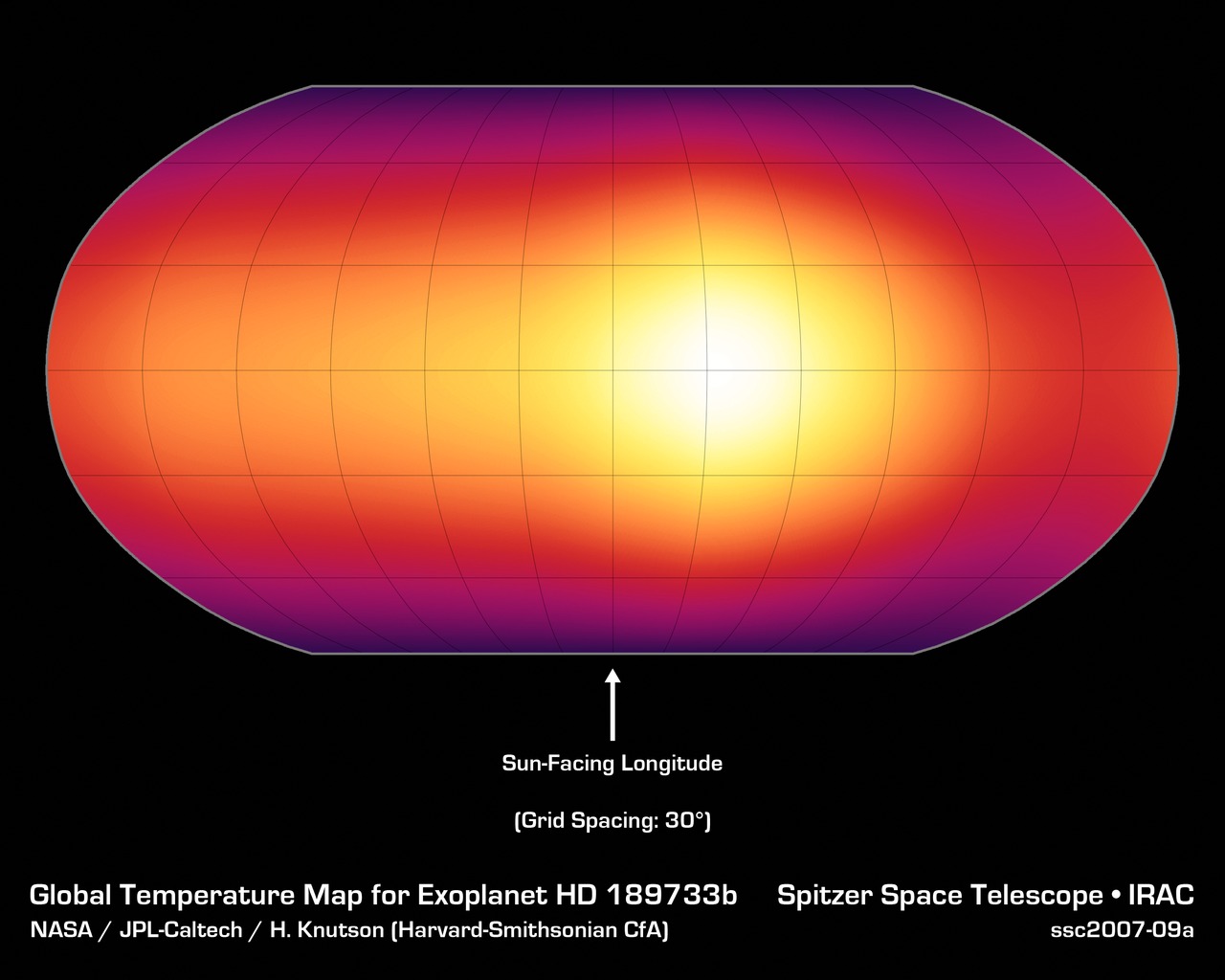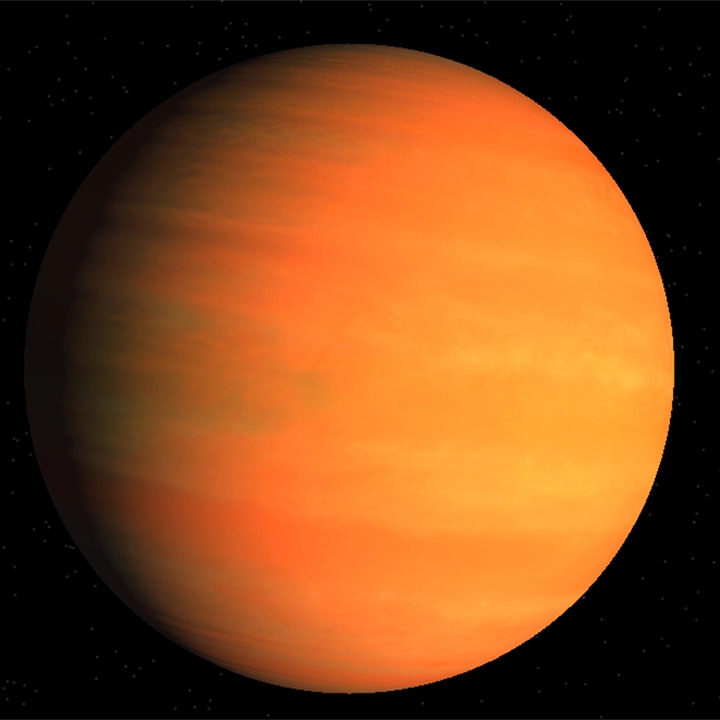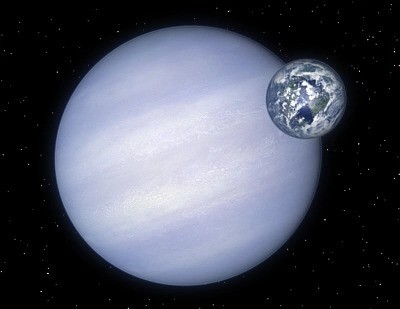What is a "Hot Jupiter?"
A Hot Jupiter is a class of exoplanet that is physically similar to Jupiter in size, however, is dramatically closer to it's parent star than Jupiter is to our Sun. They get the moniker "Hot Jupiters" from the closeness to their stars, resulting in staggeringly high surface temperatures.
Typically, Hot Jupiters are tidally locked to their planet's like our moon and have phases as well. These emitions of light and their infrared signature allow us to create a basic map of the planet's surface temperature!


What’s going on with 51 Peg?
51 Pegasi B, or 51 Peg for short, was the first exoplanet found orbitting a star similar to the Sun. An exoplanet is a planet outside of our solar system. 51 Peg orbits it's star every 4 days, and it's surface temperature is between 1000-1800 degrees Kelvin!
51 Peg orbits it's sun so closely, it creates a "wobble" in it's Sun due to the force of gravity present. This is a method of discovering Hot Jupiters called radial velocty, and 51 Peg was the first exoplanet orbitting a star detected using this method, making it a hugely significant star.
What about gas giants?
A gas giant is a large planet mostly composed of helium and hydrogen. They don't have a hard surface, like Earth, but instead are made up of swirling gases above a solid core, and they are MUCH closer to their stars than anything in our solar system, like 51 Peg as an example.
The question with these planets has now become about their formation. While there are mulitple main hypotheses about their origins, the more likely of them is that they form farther away from their parent star, across a boundary called the Snow Line. This allows the solid core to develop with ice and other solid material before it gets too hot. As it gains more mass, it would slowly be dragged in by it's parent star's gravity.

Why does this matter?
All of this information is moot without a point. Why do astronomers benefit from this information? How do these Hot Jupiters benefit researchers so much that they make up almost 10 percent of all discovered exoplanets in our universe?
To begin, they don't fit our established theory of planetary formation. This alone means there are new, observable processes of planetary formation discoverable by researching these planets. They are also easily detectable through transits and radial velocity, which allow astronomers to look at the wavelengths of those transits to determine characteristics about the planet's atmosphere. Hot Jupiters are also the planets that can be analyzed in the most detail, so observing these processes teaches us about all kinds of planetary systems and how they form. Hot Jupiters continue to prove pivotal to astronomer's continued and expanding knowldge of the stars in our universe.
Fun Facts about Hot Jupiters
51 Peg was
discovered in 1995 by Michel Mayor and Didier Queloz. They would win the Nobel Peace Prize in Physics for it in 2019!
Hot Jupiters are
not the only planet types naned after our solar system's planets! There are Super-Earths, Mini-Neptunes, Sub-Earths, and many more!
While they
make up 10% of all discovered exoplanets, Hot Jupiters are only estimated to make up about 1% of all total planets in our universe.